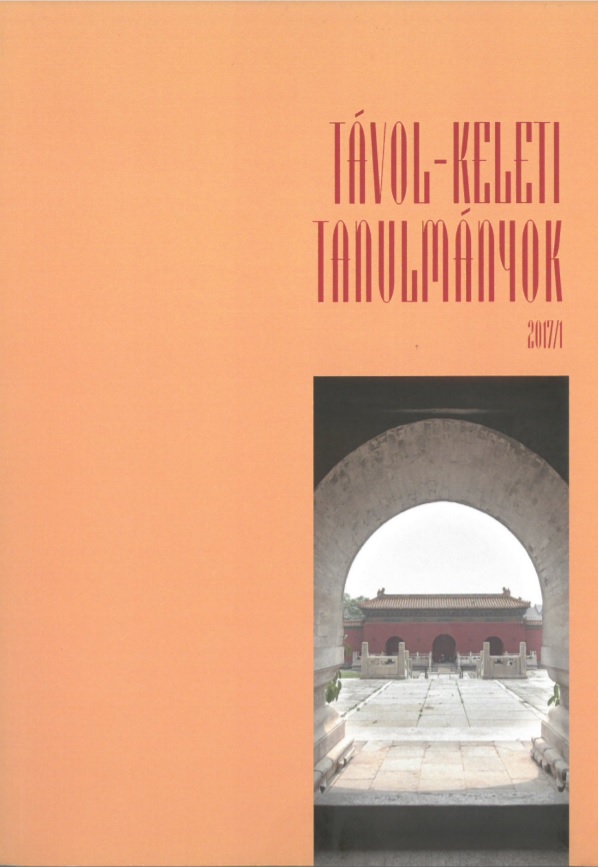Megjelent 2018-03-01
Hogyan kell idézni
Copyright (c) 2018 a szerző(k)

This work is licensed under a Creative Commons Attribution-NonCommercial 4.0 International License.
Absztrakt
By giving an outline of the Chinese cultural heritage protection system, the first part of this paper concentrates on the opportunities and limits of archaeological investigation conducted by foreigners in the People's Republic of China. It not only presents the history of preserving archaeological records and describes its legal and institutional backgrounds, but also details how the existing legal provisions limit the opportunities of on-site research for foreigners. Other problems of heritage protection are also listed. Despite increasing legal efforts, tourism, archaeological looting, large scale constructions, and many other destructive factors all result in significant damage of archaeological property, and call for improved protection. Additionally, a shortage of experienced professionals and some major weaknesses of Chinese academic writings (such as the relative absence of comprehensive theoretical works, reliable databases, objective and detailed descriptions, etc.) require further reforms. While the above situation makes the use of published data more difficult, it also increases the number of interdisciplinary research groups in the context of Sino-foreign cooperations. However, for individual scholars, archaeological investigation in China can still present a significant challenge. In this manner, the second part of the paper provides an example of the limits and opportunities detailed above through summarizing the results of the author's own research conducted in China.
